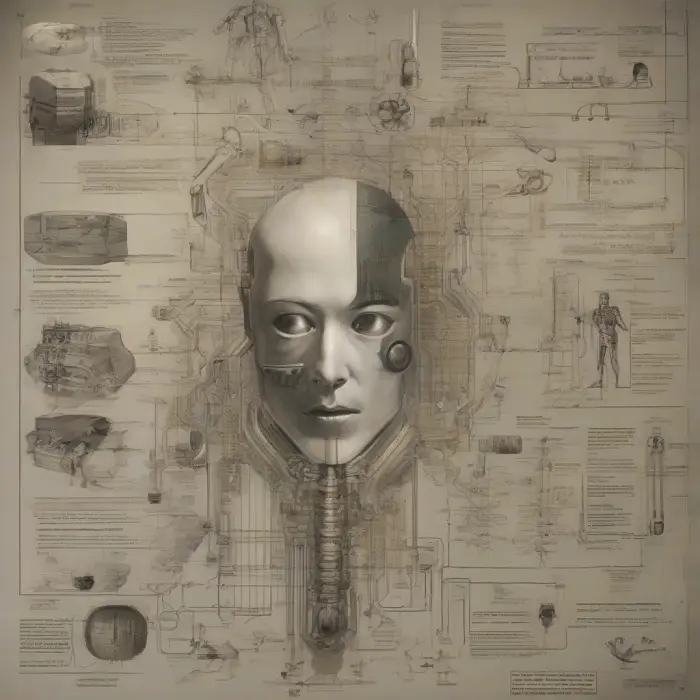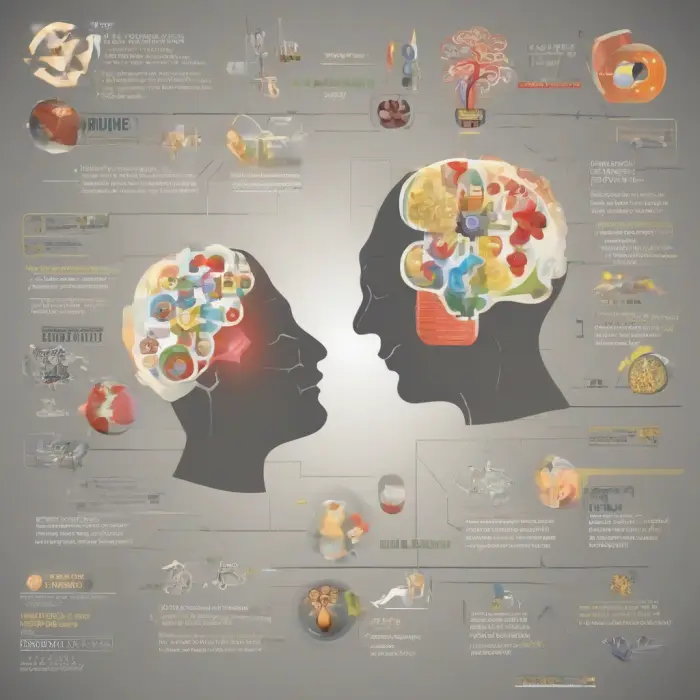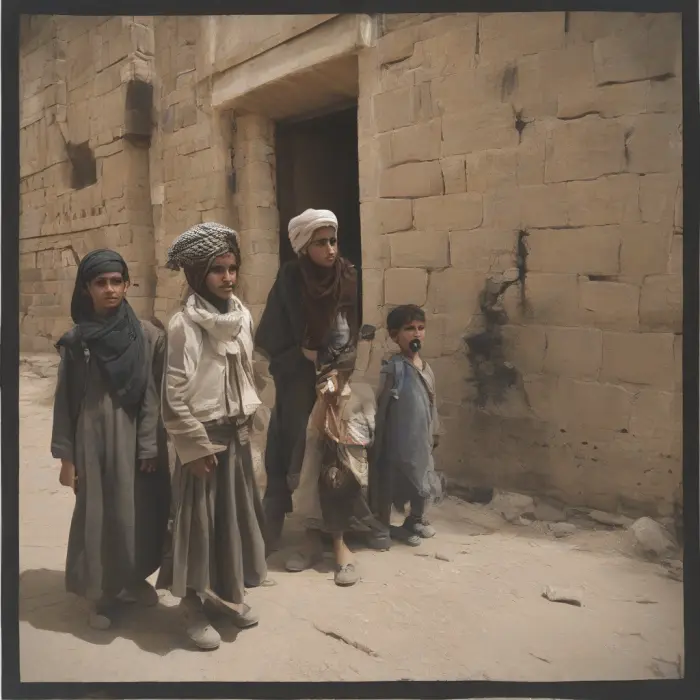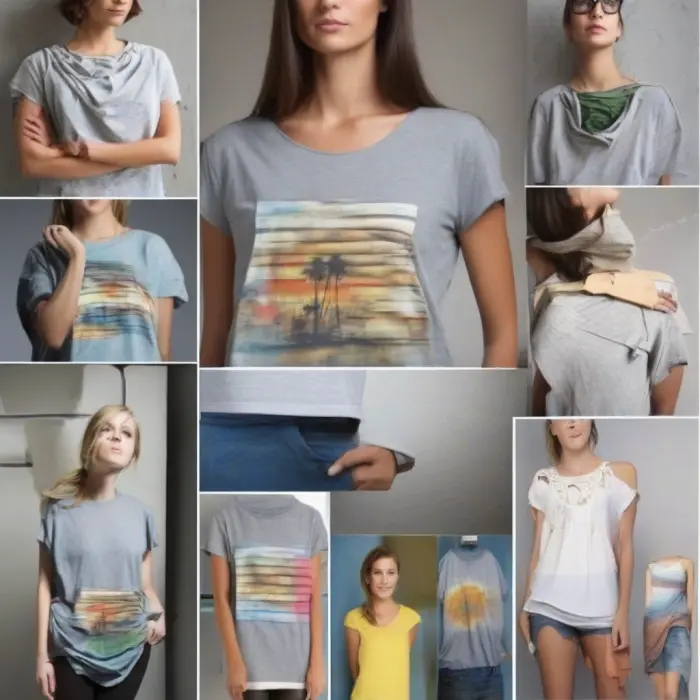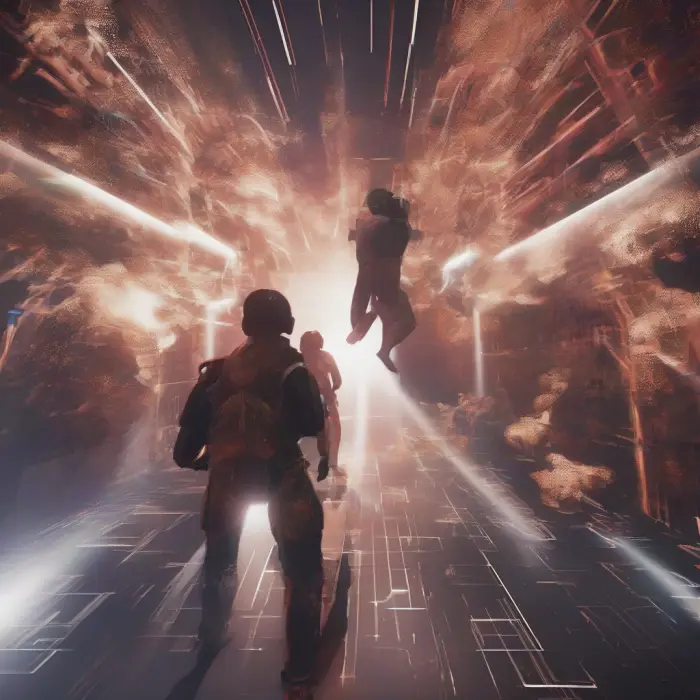The Bizarre World of Synesthesia: Facts About Sensory Perceptions

Synesthesia is a neurological condition where stimulation of one sensory or cognitive pathway unintentionally leads to automatic, involuntary experiences in a second sensory or cognitive pathway. Put simply, individuals with synesthesia experience the world in a unique way where their senses blend together. For example, someone might see the color blue when they hear the sound of a piano or taste raspberry flavor when they hear the number 4.
Types of Synesthesia
There are many different forms of synesthesia, each revealing an extraordinary mix of sensory experiences. Some people may only experience one type of synesthesia, while others may experience multiple.
- Grapheme-Color Synesthesia: This is one of the most common types, where letters or numbers are seen in specific colors.
- Auditory-Tactile Synesthesia: Sounds evoke physical sensations. For example, certain words or frequencies may produce a sensation of touch in varying areas of the body.
- Ordinal Linguistic Personification: This form involves seeing ordered sequences, such as numbers, weekdays or months, as having specific personalities.
Synesthesia and the Brain
Synesthesia is believed to be due to increased connectivity between brain regions that are typically separated. Whether it’s a product of extra physical connections between areas of the brain, or due to some aspect of the brain’s functional organization, is still not well understood.
Living with Synesthesia
Despite popular belief, synesthesia is not a disorder; instead, it is a variation in perceptual experience, akin to having perfect pitch. Many artists, musicians, and writers have credited synesthesia as a source of their creativity, using their unique sensory experiences to create vibrant and original pieces of work.
Conclusion
The world of synesthesia is a fascinating one, turning our understanding of sensory perceptions upside down. It is a reminder of the myriad of ways in which human beings experience the world and of the delightful complexity of our brain. Although we have much more to learn about synesthesia, it is evident that this strange blending of the senses can give life a depth and richness that many of us can only imagine.


